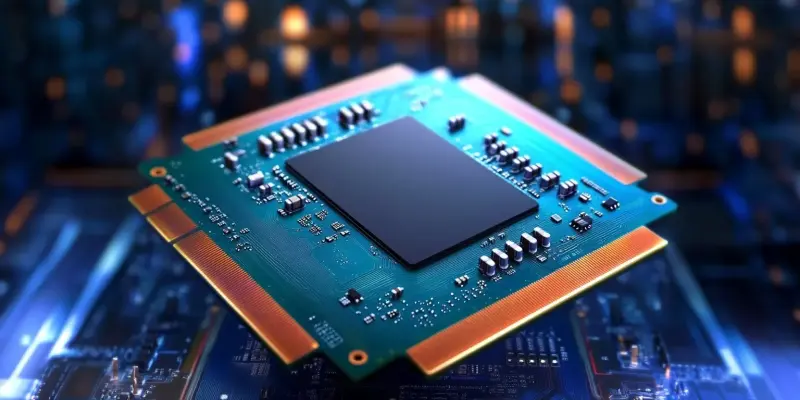In a bold move that could reshape the competitive landscape of desktop CPUs, Qualcomm is gearing up to release its second-generation Snapdragon X2 SoC. Early revelations about the Snapdragon X2’s architecture, core count, and performance metrics suggest it may position itself as a compelling alternative to established powerhouses AMD and Intel. Leaks indicate that Qualcomm is not holding back, planning to integrate up to 18 Oryon V3 CPU cores in the Snapdragon X2, a significant jump from the 8 cores found in its predecessor, the Snapdragon X Elite. This enhanced core count is expected to deliver formidable processing power, enabling the Snapdragon X2 to handle more intensive tasks and multitasking with ease.
A Noteworthy Boost in Core Count and Architecture Enhancements
The Snapdragon X2 SoC is likely to come equipped with an enhanced architecture and increased boost frequencies, making it a force to be reckoned with in terms of raw desktop performance. Support for faster memory is another anticipated feature, putting the Snapdragon X2 on a competitive edge. The inclusion of up to 18 cores marks a significant leap in capabilities, indicating Qualcomm’s commitment to competing head-to-head with AMD and Intel’s high-end offerings. These substantial improvements in architecture and core count promise not just a leap in computational ability, but also improvements in efficiency and overall user experience.
As Qualcomm looks to carve out a space in the crowded desktop CPU market, its approach to memory and storage integration seems particularly innovative. The company plans to employ a System In Package (SiP) design that integrates up to 48GB of onboard memory and up to a massive 1TB of SSD storage directly onto the CPU. This integrated approach is reminiscent of strategies employed by Apple with its M-series processors and AMD with its X3D CPUs. Such design choices could yield considerable performance advantages, reducing latency and improving data throughput by maintaining close proximity between components.
Addressing New Challenges with Innovative Solutions
While the SiP design showcases Qualcomm’s innovative strategy, it also brings about certain technical challenges, particularly concerning the durability of NAND flash under high temperatures often generated by such powerful processors. To counter these potential issues, Qualcomm is reportedly investigating all-in-one liquid cooling solutions designed to keep temperatures in check, thereby not just protecting the components but also enhancing overall system stability and longevity. This attention to thermal management could make all the difference in real-world application, ensuring the Snapdragon X2 operates efficiently under demanding conditions.
The sophisticated cooling solutions, paired with the advanced chip architecture, may position the Snapdragon X2 as an ideal processor for high-performance desktops requiring sustained, reliable output. Qualcomm’s history of efficiency in its Snapdragon line of mobile processors could offer a valuable advantage in this scenario, suggesting that the company can bring lessons learned in other domains to its desktop ambitions. Early indications hint that the chip might be branded as Snapdragon X2 Ultra Premium, although Qualcomm has yet to officially confirm this detail, keeping tech enthusiasts eagerly waiting for more information.
The Implications for High-Performance Computing
In a bold strategic move likely to alter the competitive landscape for desktop CPUs, Qualcomm is preparing to launch its second-generation Snapdragon X2 SoC. Preliminary information about the Snapdragon X2’s architecture, core count, and performance analytics suggests it could become a formidable competitor against industry giants AMD and Intel. Leaks hint that Qualcomm is going all out, planning to integrate up to 18 Oryon V3 CPU cores in the Snapdragon X2. This marks a significant leap from its predecessor, the Snapdragon X Elite, which featured only 8 cores. The increased core count anticipates delivering impressive processing power, enabling the Snapdragon X2 to handle more demanding tasks and multitasking smoothly. This development is expected to attract attention from tech enthusiasts and professionals alike, eagerly awaiting its release. By enhancing its core count and optimizing architecture, Qualcomm aims to disrupt the current CPU market dynamics and offer a viable alternative with the Snapdragon X2.

